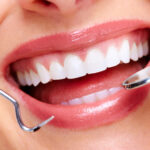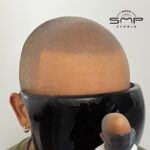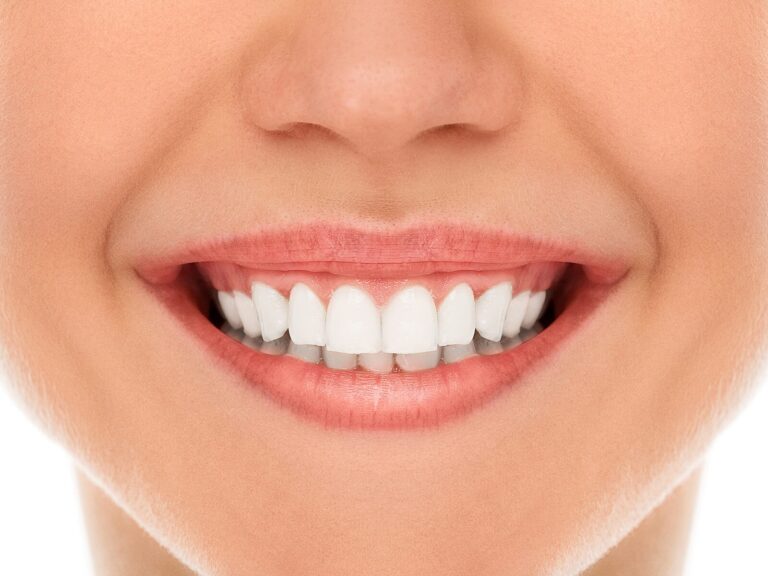
Exploring Sedation Dentistry for Pain-Free Procedures: A Comprehensive Guide
Dental anxiety is a common issue that prevents many people from seeking necessary dental care. Whether it’s the fear of pain, discomfort, or even just the sounds and smells of a dentist’s office, millions of individuals experience apprehension when faced with the prospect of dental procedures. Fortunately, sedation dentistry offers a solution that can make visits to the dentist chicago more comfortable, relaxing, and pain-free. In this article, we’ll explore what sedation dentistry is, the different types available, its benefits, and who can benefit from it.
What Is Sedation Dentistry?
Sedation dentistry involves the use of medications to help patients relax during dental procedures. Unlike general anesthesia, which renders patients completely unconscious, sedation allows patients to remain conscious but deeply relaxed. This can be ideal for those who have dental anxiety or need to undergo lengthy or complex procedures.
Sedation can range from minimal, where patients are awake but relaxed, to moderate, where they may not remember much of the procedure, to deep sedation, where patients are on the edge of consciousness but can still be awakened. It’s also sometimes referred to as “sleep dentistry,” although patients do not necessarily fall asleep unless they are under general anesthesia.
Types of Sedation in Dentistry
Sedation dentistry can be tailored to the specific needs of the patient, with various levels of sedation available depending on the individual’s anxiety level, the complexity of the procedure, and their medical history. The main types of sedation used in dentistry include:
1. Nitrous Oxide (Laughing Gas)
Nitrous oxide, commonly known as “laughing gas,” is one of the mildest forms of sedation. It’s inhaled through a mask placed over the nose and helps patients relax without putting them to sleep. Nitrous oxide works quickly and wears off just as fast, allowing patients to drive themselves home after their appointment. This makes it a popular choice for people with mild dental anxiety or those who need to undergo routine procedures like fillings or cleanings.
2. Oral Sedation
Oral sedation is a moderate form of sedation where the patient takes a pill, usually an anti-anxiety medication like diazepam or triazolam, about an hour before their appointment. The sedative effect ranges from mild relaxation to moderate sedation, depending on the dosage. Patients may feel drowsy but will typically remain awake and responsive throughout the procedure. This form of sedation is commonly used for patients with moderate anxiety or those undergoing longer procedures like root canals or extractions.
3. Intravenous (IV) Sedation
IV sedation involves administering the sedative drug directly into the bloodstream, which results in deeper sedation than oral or nitrous oxide sedation. Patients are still conscious but are often in a dream-like state, unaware of their surroundings or the procedure. This method is ideal for patients with severe dental anxiety or those undergoing complex or multiple procedures in one sitting. IV sedation takes effect quickly, and the dentist can adjust the level of sedation throughout the procedure for optimal comfort.
4. General Anesthesia
For certain complex procedures or extremely anxious patients, general anesthesia may be used. Under general anesthesia, the patient is completely unconscious and unaware of the procedure. This level of sedation is usually reserved for oral surgeries, such as wisdom teeth extractions or reconstructive procedures, and is typically administered in a hospital or specialized clinic setting.
Benefits of Sedation Dentistry
Sedation dentistry offers several benefits, making it a valuable option for a wide range of patients. Some of the key advantages include:
1. Reduced Anxiety and Fear
For patients who experience dental phobia, the thought of sitting in a dentist’s chair can be overwhelming. Sedation helps to calm nerves and create a more relaxed environment, making it easier for these individuals to undergo necessary dental work.
2. Pain-Free Procedures
One of the biggest benefits of sedation is that it ensures a pain-free experience. While local anesthesia is typically used to numb the specific area being treated, sedation enhances the comfort level by alleviating any fears and ensuring that the patient remains calm and relaxed throughout the procedure.
3. Time Efficiency
Sedation can make lengthy procedures feel like they take only minutes. Patients who need to undergo multiple or complex procedures may be able to do so in fewer appointments, as sedation allows dentists to work more efficiently without interruptions from patient discomfort or anxiety.
4. Better Cooperation from Patients
Patients who have difficulty sitting still for long periods, such as children or individuals with special needs, can benefit greatly from sedation. It allows them to remain calm and relaxed, enabling the dentist to complete the procedure more easily and efficiently.
5. Minimal Memory of the Procedure
Patients who undergo moderate to deep sedation often have little to no memory of the procedure itself. This can be particularly beneficial for those with severe dental anxiety, as it prevents any negative associations from forming with future dental visits.
Who Can Benefit from Sedation Dentistry?
Sedation dentistry is a great option for a wide range of patients, particularly those who:
- Have a low pain threshold
- Suffer from dental anxiety or phobia
- Need extensive or multiple dental procedures
- Have a strong gag reflex
- Struggle to sit still during procedures
- Have had traumatic dental experiences in the past
- Have special healthcare needs
Before undergoing sedation dentistry, it’s essential to discuss your medical history with your dentist. Not all patients are suitable candidates for sedation, particularly those with certain medical conditions or who are taking specific medications.
Conclusion
Sedation dentistry has revolutionized the way patients experience dental care, providing a pain-free, stress-free solution for those with dental anxiety or those who need to undergo complex procedures. By offering different levels of sedation, dentists can tailor the approach to each patient’s unique needs, ensuring a comfortable and positive experience. If you’ve been avoiding the dentist due to fear or anxiety, sedation dentistry could be the key to getting the care you need without the stress. Always consult with a qualified dentist to discuss your options and find out which type of sedation is right for you


















